By Adrienne Provenzano
What do you see through your windows on February 27th? Any feathered friends? Snap a photo and share it with the Friends of the Limberlost!
It's clear that Gene Stratton-Porter, nicknamed the Bird Woman, loved birds. In 1919, her book "Homing With The Birds" was published. In it she shares various insights about her feathered friends. In chapter 16,"How The Birds Know," she discusses migration. Gene notes as follows: "Birds of many species have such unerring knowledge of the workings of nature that they migrate when it is necessary and remain where they are when it is not. For example: during the bitter winter of 1917-1918 when extreme cold began in November and lasted in such prolonged form that we experienced killing frosts in June, there was not a robin in the swamps and gullies or deep woods surrounding Limberlost Cabin, north. In the unusually mild winter of 1918-1919 these birds never left us. In flocks of half a dozen, at any time during the winter, they could be found in the spice thicket back of the garage or in the sheltered ravines, and their appearance indicates that hey are living fatly upon dried berries, frozen fruits and vegetables, and food which they pick up in chicken-parks and around the farmers' back doors."
Limberlost cabin, north, is how Gene referred to what is now the Gene Stratton-Porter State Historic Site in Rome City, Indiana, on Sylvan Lake. That home is also called Wildflower Woods.
Gene enjoyed getting to know birds that made repeated annual trips to her Indiana homes, whether in Geneva or Rome City. One male robin visited Limberlost Cabin in Geneva several years in a row, and one year, on February 27th, she photographed him sitting on the back of an oaken bench on the porch just outside the large window in the library room where Gene had her desk. She included this photograph in "Homing With The Birds," and explained her photography session with the bird in her earlier books "What I Have Done With Birds," and "Friends in Feathers" as follows: "There sat that blessed bird, now of four long years' acquaintance...our guest three weeks before any of his kind had come; and the fence in front and the logs of he veranda railing were covered with three inches of snow, the ground with six. Surely that was a picture to materialize as well as to live in the heart. I polished the glass to the last degree inside and out, set a camera on the library table and focused on the bench back. The shutter was set at the bulb exposure, the long hose attached and the bulb laid on my desk, and time after time I made exposures of him. I had to work against strong light, for there was snow outside, and his face and breast were in the shadow, but I did my best. I had thought he remained motionless much longer than he did, when it actually came to counting off time in seconds. I couldn't get just as long an exposure as I wanted, ----he would turn his head, ruffle his feathers a bit or draw a foot out of the cold. But I got several good pictures that were precious to all of us, for there was the window-seat cushion for a foreground, the oak bench outside the glass for a perch and three inches of snow in the distance on railing a fence."
I hope readers of this blog will have the opportunity to visit Limberlost State Historic Site in Geneva and look through that same window when they tour Gene's house, and also enjoy seeing the bathroom and kitchen restorations where such photographs were developed, dried, and displayed!
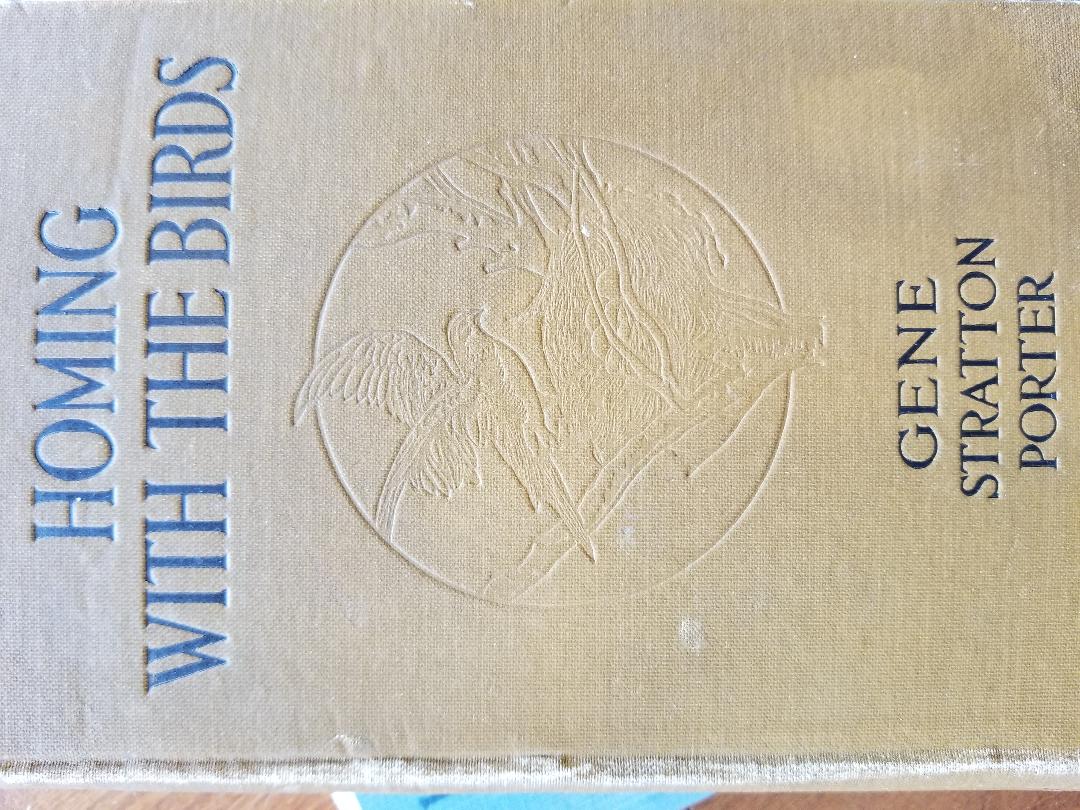
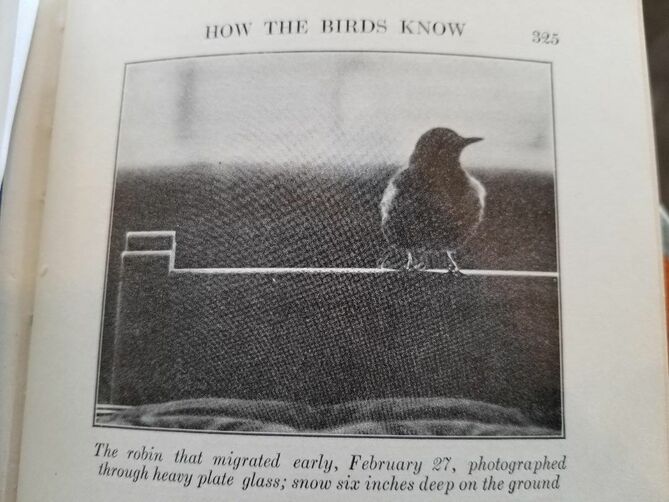
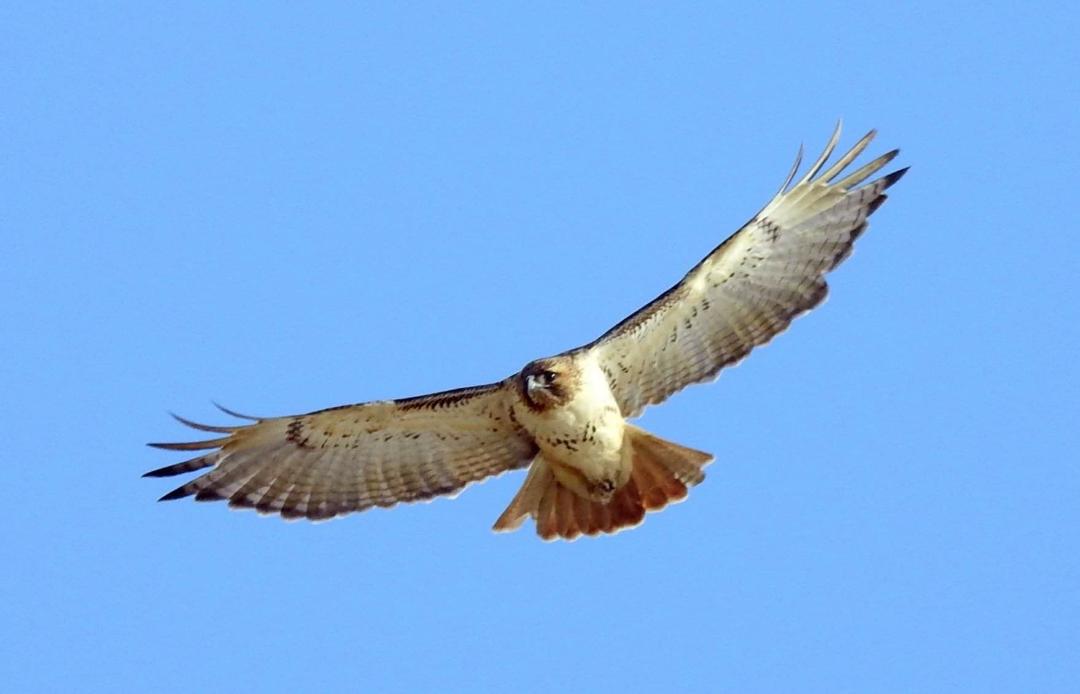
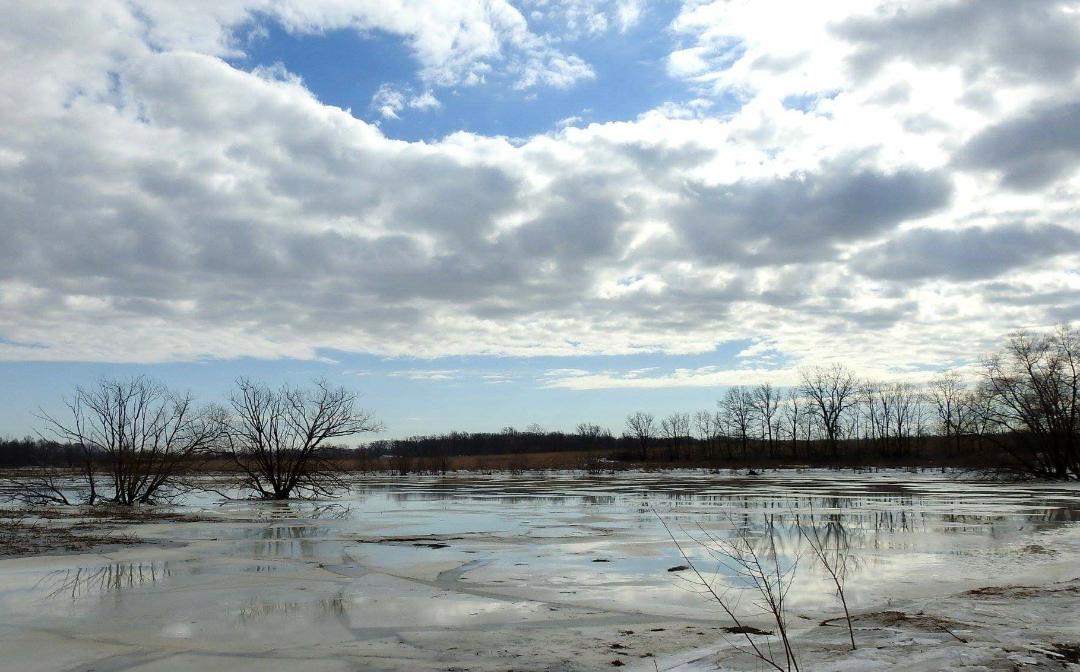
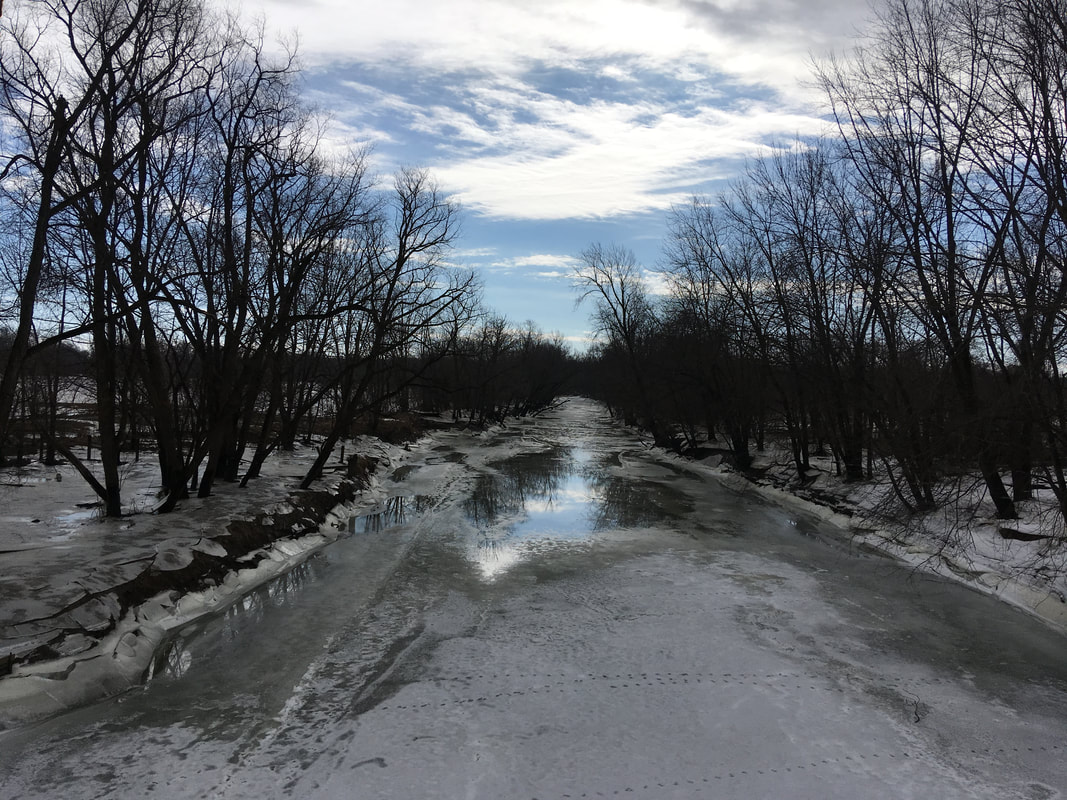
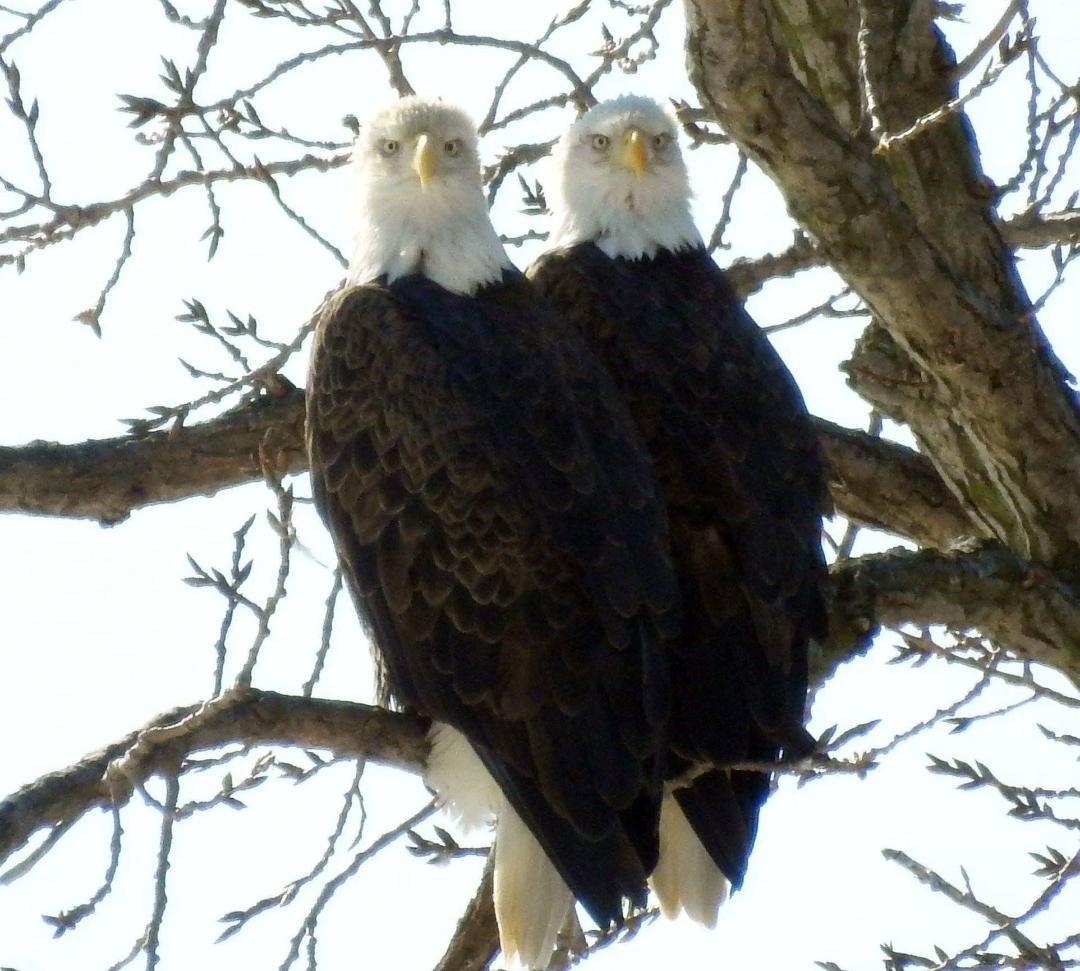
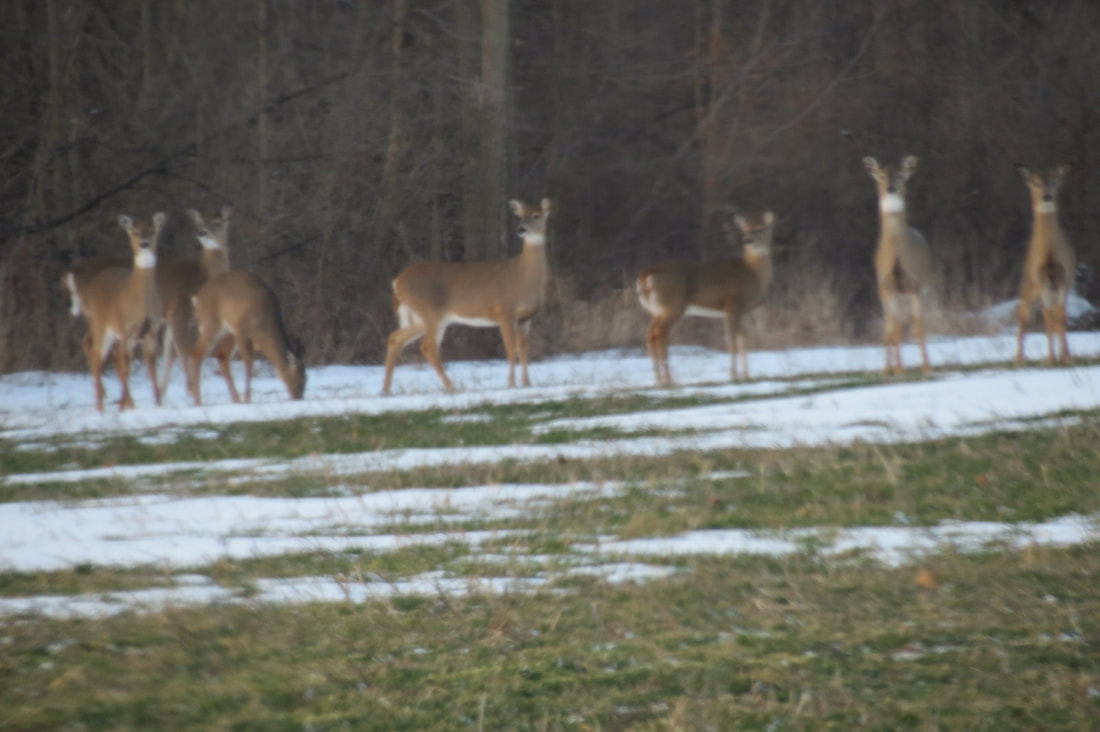
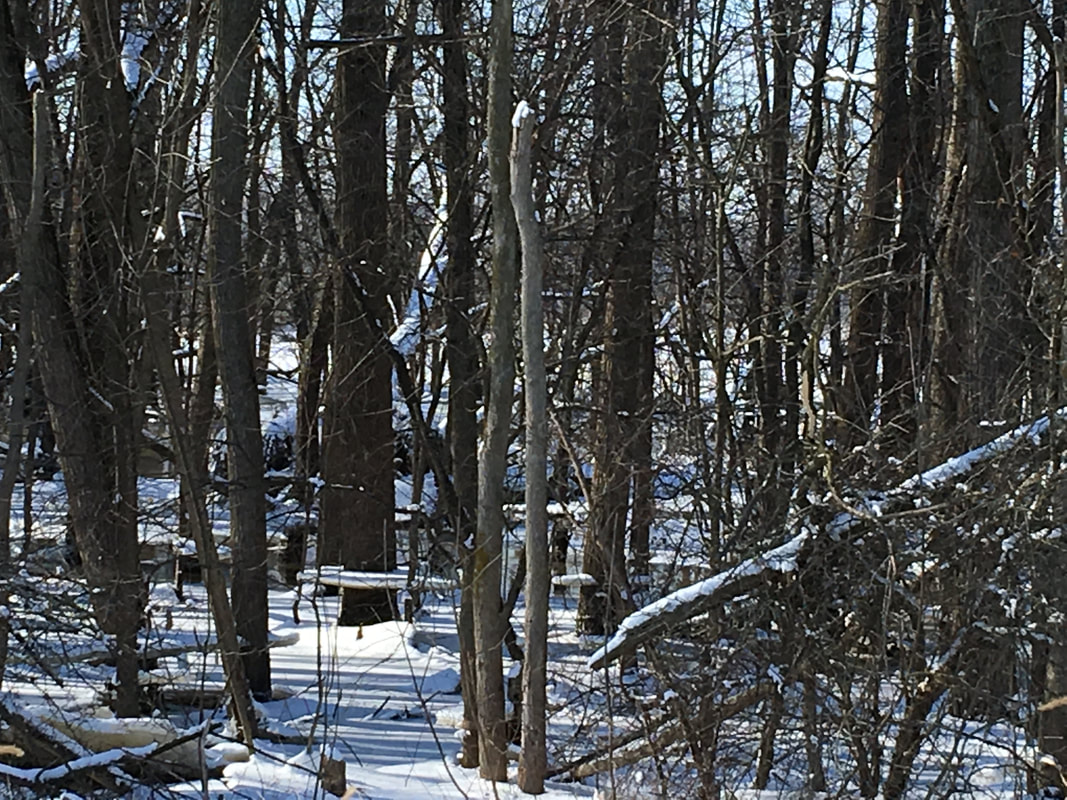
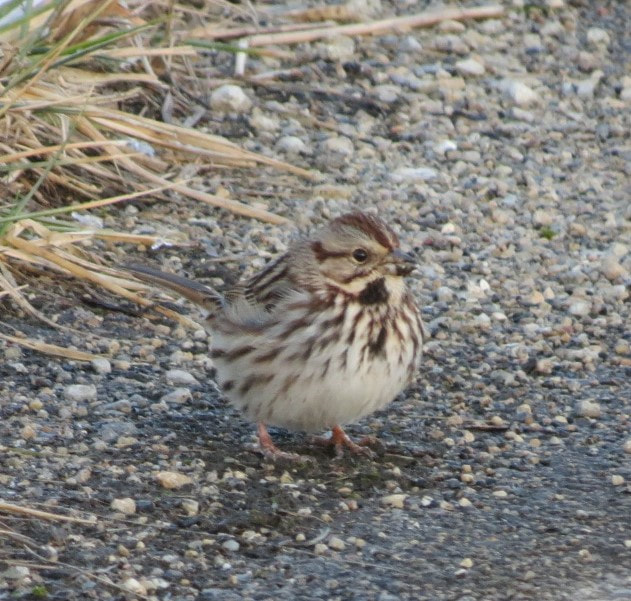
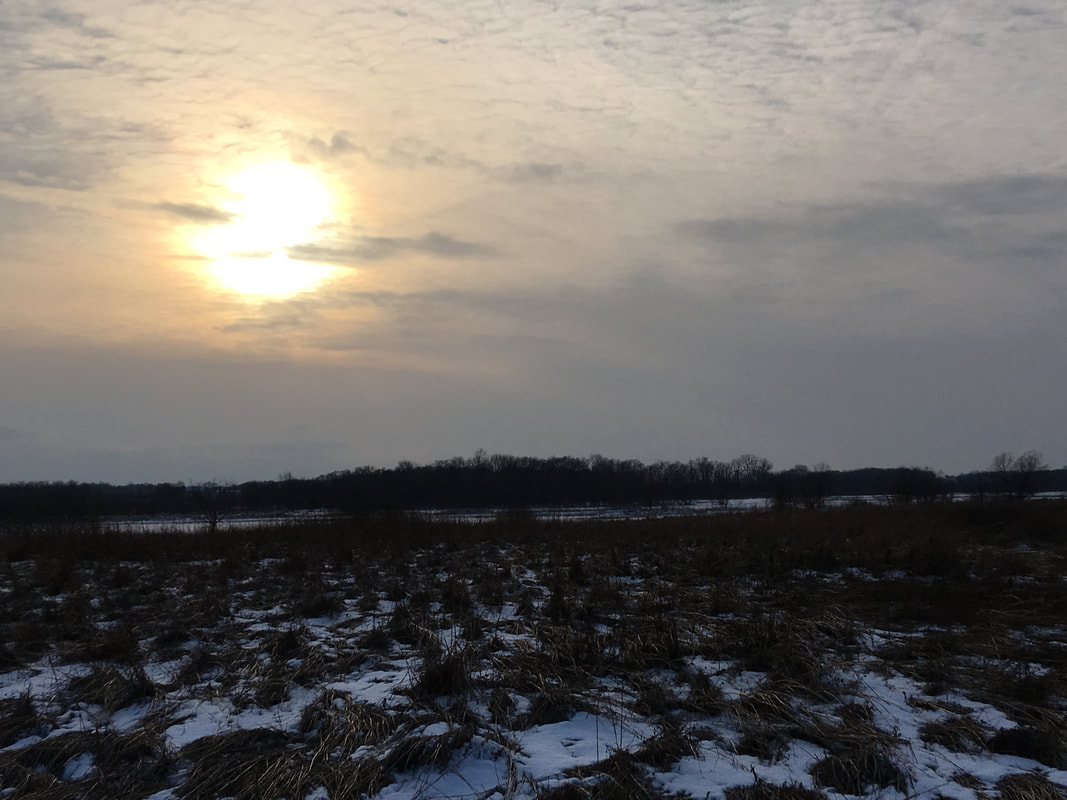
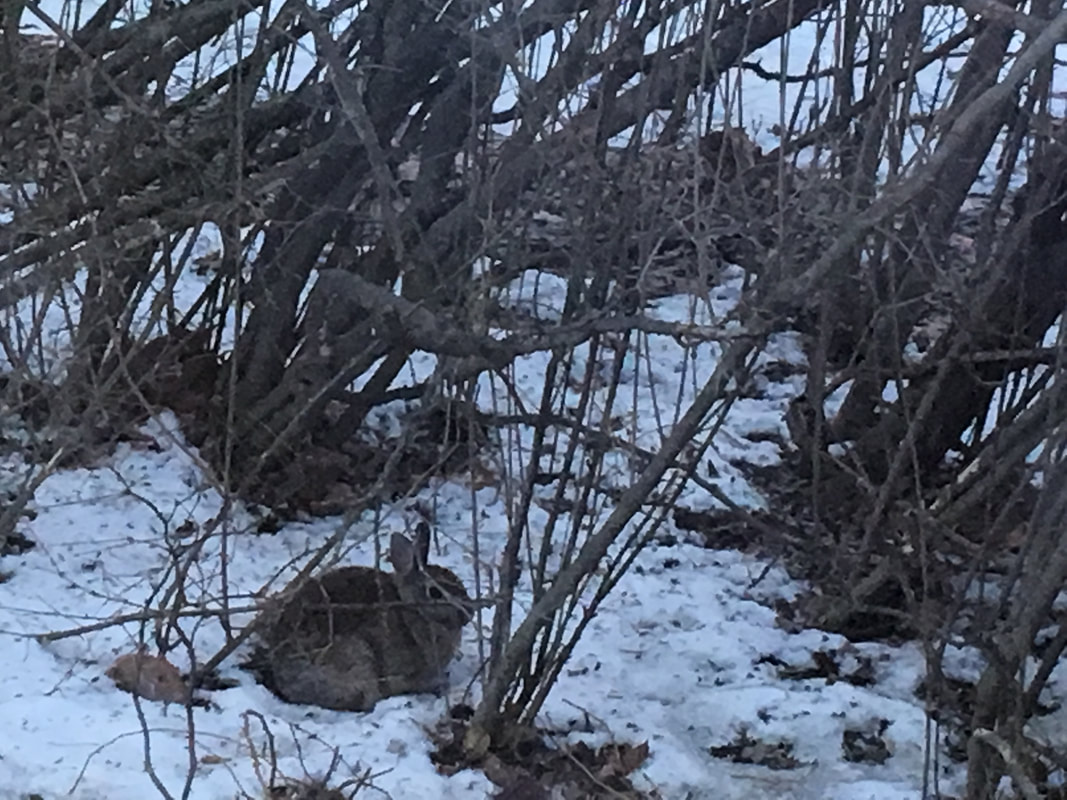
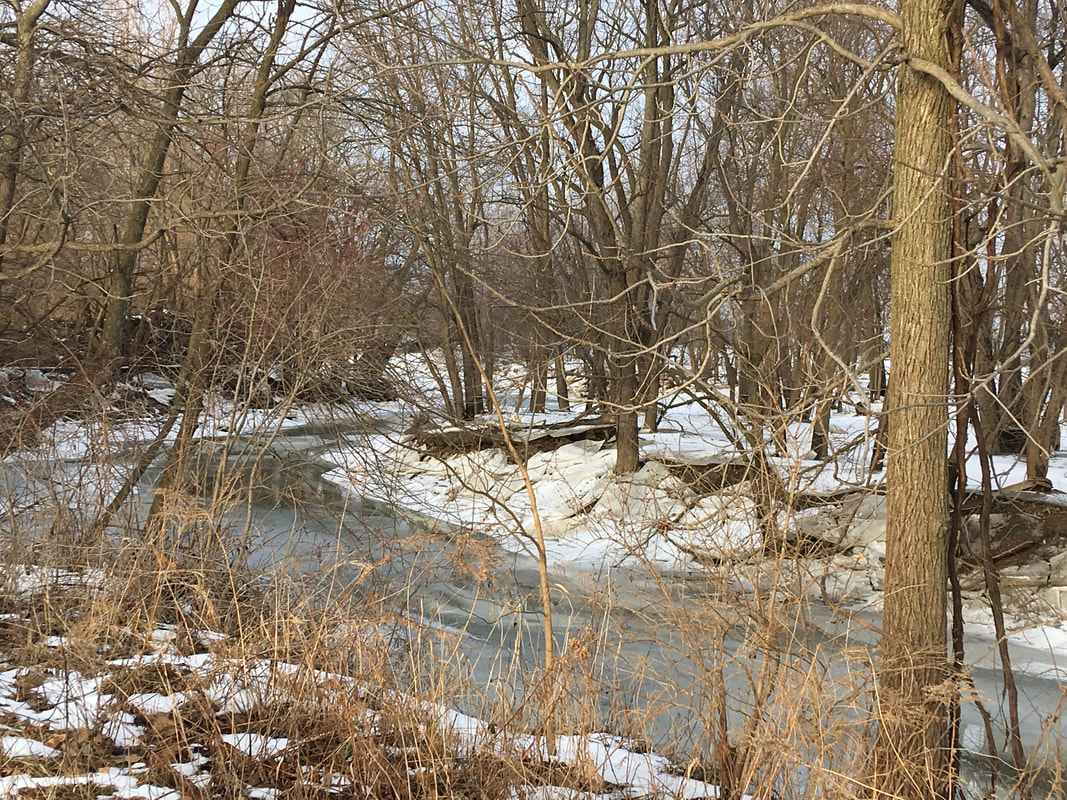
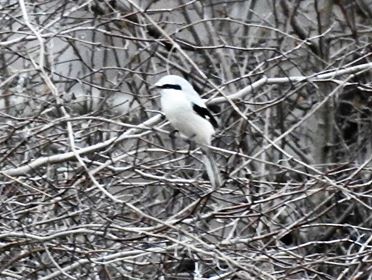
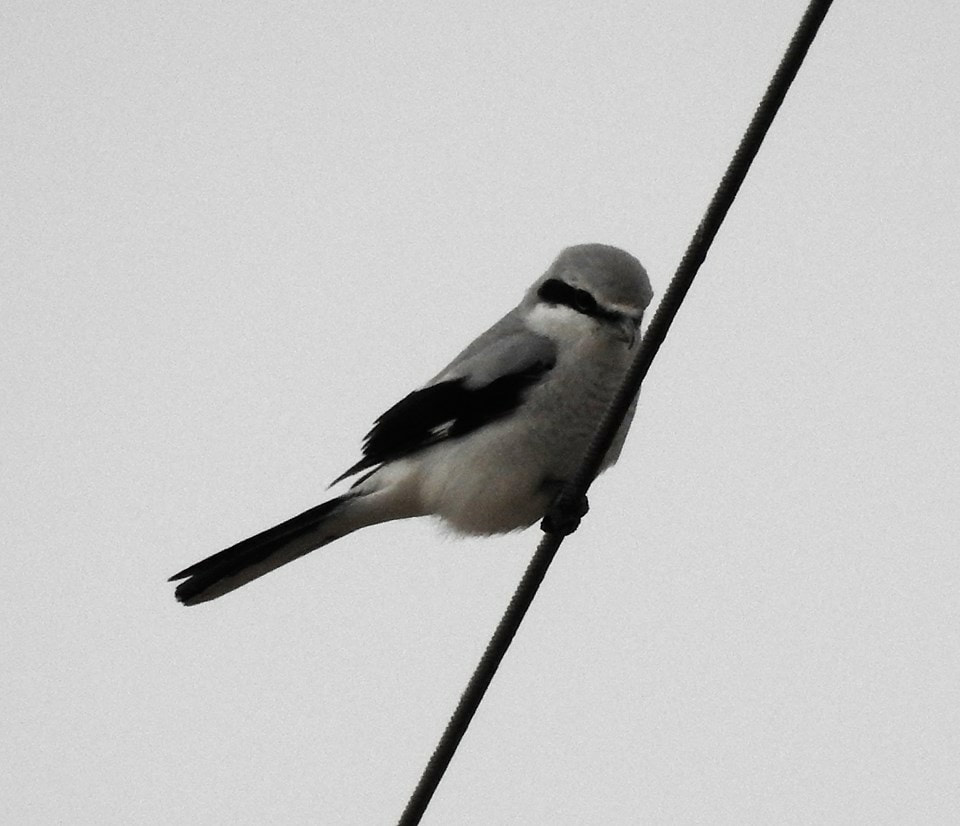
 RSS Feed
RSS Feed
